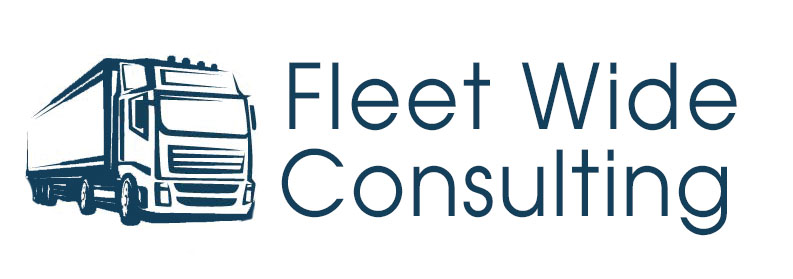The Profit Effect of Safety-First Fleet Management
In a global economy, anyone can produce a good or service with paper-thin profit margins. Because of the pressure from global competition, businesses need to do their best to not only balance their known expenses, but also anticipate unknown costs they may incur. When it comes to maintaining profitability, fleet managers shouldn’t ask how to cut corners. The first question businesses should ask is: What are we doing to ensure our employees’ safety?
The hidden costs of ignoring fleet safety
When putting a business plan together, it's exceedingly rare for people to account for the costs of an injury or accident. Direct costs like insurance deductibles and worker’s compensation claims are easy to quantify. But there are myriad hidden costs that come along with these situations. As a rule of thumb, businesses can assume these hidden costs amount to at least 4x the cost of standard direct costs.
What does that look like in dollars and cents? For a company making a reasonable 5% margin, it would take $20,000 in new sales just to offset a $1,000 loss. For a company making a 1% margin, it would require $100,000 in new sales to maintain their profit levels.
Another hidden cost would be renting a replacement truck while a damaged truck is sitting at the body shop. This will also require a manager to spend time monitoring the vehicle’s repair process.
Safe employees are happy employees
And happy employees are more engaged in their work and loyal to their employers. While this may seem unrelated to profit, employee engagement and retention is irrevocably linked to profitability. The cost of losing an employee due to standard turnover is roughly $6,000 when taking hiring and training into account. The cost of losing an employee due to injury is much higher. Not only does that cost include increases in insurance premiums and worker’s compensation payouts, but the recruitment process will take longer to make up for the poor reputation as an unsafe employer.
When employees feel their safety is prioritized and they have the resources and training they need to do their jobs safely, they’re less likely to be out of work as a result of an accident or injury. This creates a safer environment for everyone involved. When companies are short-staffed, employees become overworked. In trucking in particular, becoming overworked compounds safety issues, as employees may feel the need to cut corners, like speeding, in order to get the job done more quickly and increase production.
Higher profits help companies reinvest in their fleets
It’s a positive cycle. The more profitable the company, the more money it can invest in purchasing newer and safer equipment or implementing new technology to increase efficiency. As employees remain safe and engaged, turnover will decrease. The cost of hiring and training goes down, and the positive profit cycle continues.
Companies that don’t realize this profit effect might have to table those kinds of investments until next year, opening the door for the competition to take market share. This will inevitably lower revenue and stifle cash flow, creating a negative cycle that becomes increasingly difficult to overcome.
How can businesses create an effective fleet safety program?
While it’s possible for companies to create their own internal programs, hiring the right training partner will be the difference between a safe and happy fleet and an unprofitable unhappy one. The ROI on an effective fleet safety training program that gets it right the first time will promote profitability, not hinder it.
And in today’s economy, that kind of positive change can’t wait.

